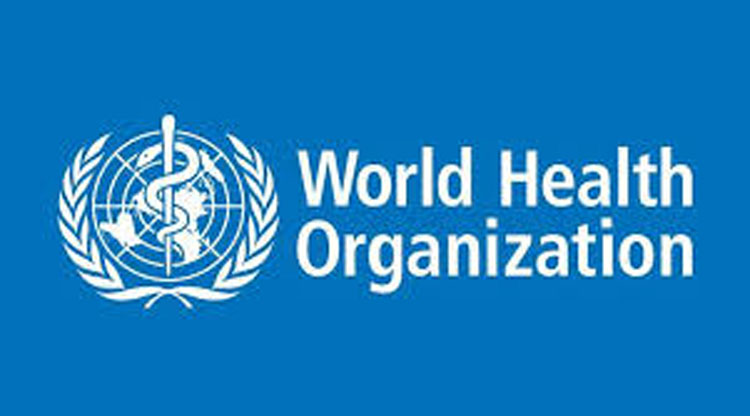The World Health Organization (WHO) has published its latest comprehensive set of World Health Statistics.
As per the WHO statement released it was said that an estimated 4.5 million excess were recorded deaths in that year.
Global life expectancy at birth had increased from 66.8 years in 2000 to 73.3 years in 2019, and healthy life expectancy increased from 58.3 years to 63.7 years, reports WHO.
This was largely due to gains in maternal and child health, and to major investments and improvements in communicable disease programmes, such as HIV, tuberculosis and malaria.
Prior to the pandemic, there had also been encouraging trends globally in the reduction of child stunting, alcohol consumption and tobacco use, as well as in increased access to safely managed drinking water, safely managed sanitation, basic hygiene, and clean fuels and technologies for cooking.
Vaccine equity gap
In the meantime, COVAX has access to enough COVID-19 vaccines to help protect 70% of the population in 91 lower income countries.
Demand and uptake are low, with low-income countries remaining furthest behind.
To close the global vaccine equity gap, COVAX calls on countries to set ambitious targets for implementation and on all partners to ensure countries have the resources needed to accelerate and expand national strategies.
Nearly 18 months after the first administration of a COVID-19 vaccine, incredible progress has been made – with lower-income countries administering billions of COVID-19 vaccines in a historic global rollout that is unprecedented in terms of speed, scale and demographics.
Yet despite this progress, only 16% of people in low-income countries have received a single vaccine dose – compared to 80% in high-income countries.
In certain lower-income countries, many of the most at-risk people in society – healthcare workers, the elderly and those with underlying health conditions – are going unprotected while young, healthy adults receive booster doses in wealthier countries.
With more than 3.8 billion COVID-19 doses administered to-date, national governments in lower-income countries have led the way. The number of countries with coverage under 10% of the population has decreased from 34 in January to 18 today.
COVAX is committed to providing countries with long-term, predictable supply, catering to all contexts and maintaining reserves to ensure supply can keep up with shifts in demand.
WHO calls on donor countries and manufacturers to support COVAX by ensuring the volume and timing of deliveries match as closely as possible the needs of lower-income countries.
COVAX, the vaccines pillar of the Access to COVID-19 Tools (ACT) Accelerator, is co-led by CEPI, Gavi, WHO and UNICEF – working in partnership with developed and developing country vaccine manufacturers, PAHO, the World Bank, and others.
Monkeypox
WHO’s in another report said, the world body joining hands with partners are working to better understand the extent and cause of an outbreak of monkeypox reported across 11 countries so far.
According to the WHO statement release, the virus is endemic in some animal populations in a number of countries, leading to occasional outbreaks among local people and travelers.
There are about 80 confirmed cases so far, and 50 pending investigations. More cases are likely to be reported as surveillance expands.
WHO is working with the affected countries and others to expand disease surveillance to find and support people who may be affected, and to provide guidance on how to manage the disease.
Monkeypox spreads differently from COVID-19. WHO encourages people to stay informed from reliable sources, such as national health authorities, on the extent of the outbreak in their community (if any), symptoms and prevention.
As monkeypox spreads through close contact, the response should focus on the people affected and their close contacts. People who closely interact with someone who is infectious are at greater risk for infection: this includes health workers, household members and sexual partners.






